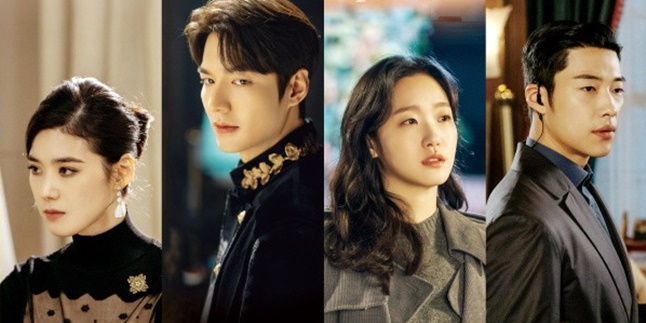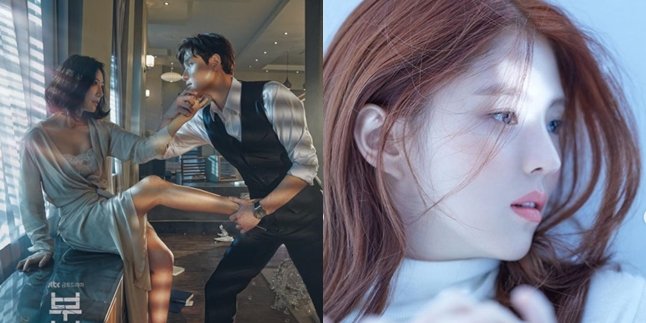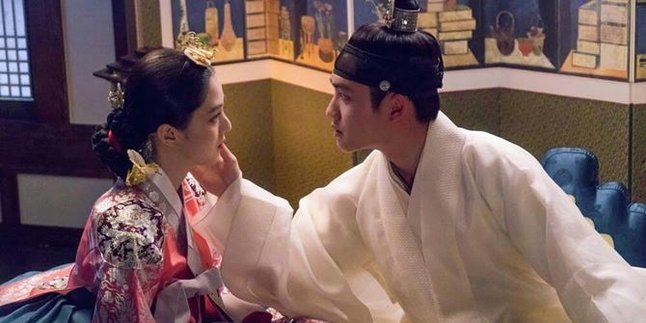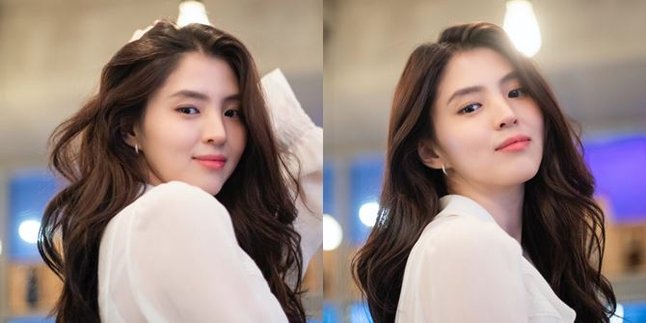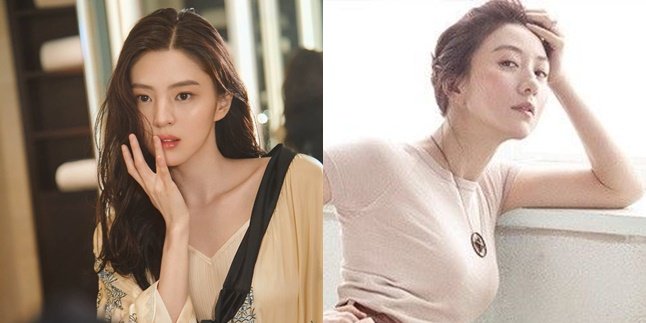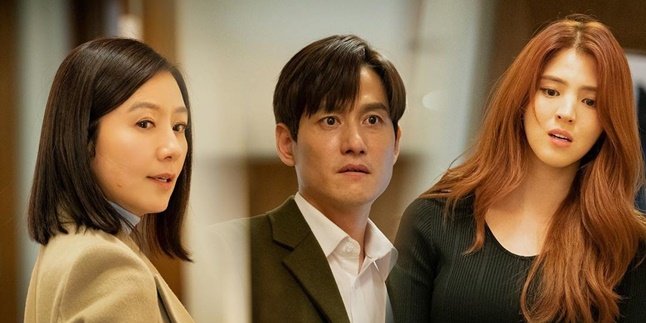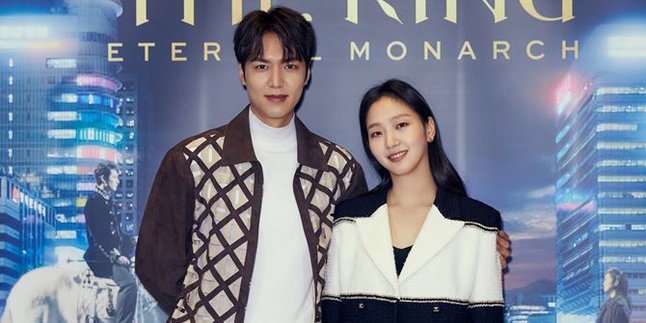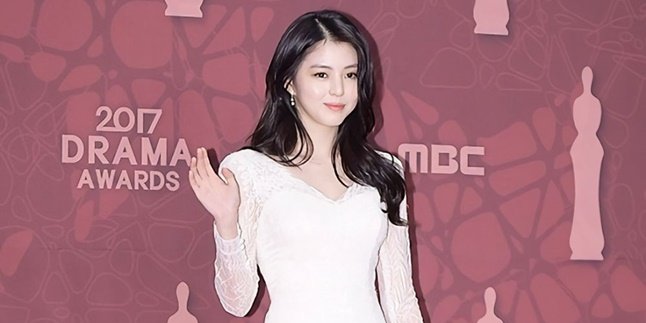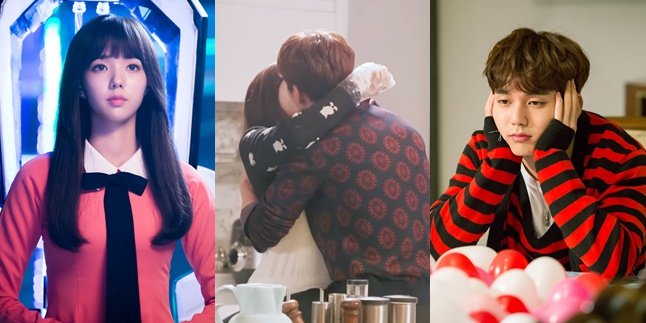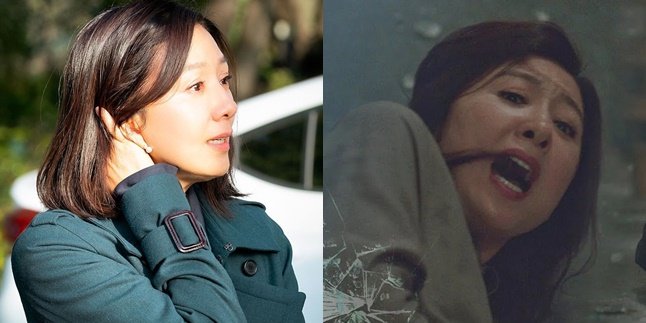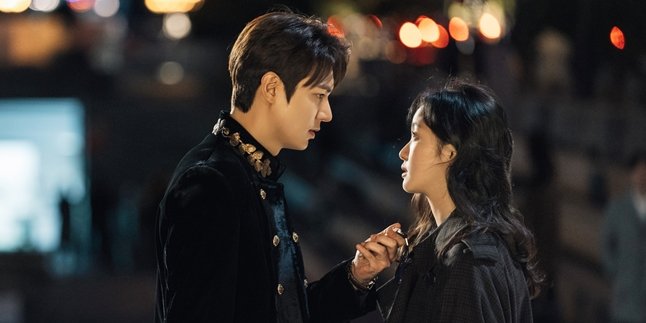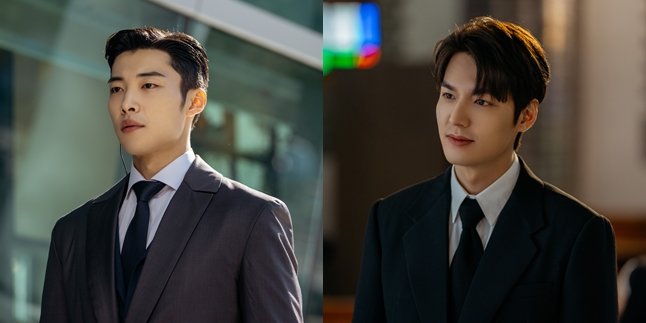Kapanlagi.com - The long-awaited SBS drama, THE KING: ETERNAL MONARCH, premiered on Friday (17/4) and immediately broke the audience rating record for its time slot. This drama tells the story of two parallel worlds: a world similar to modern Korea and another world where Korea is a kingdom ruled by a king. Emperor Lee Gon (Lee Min Ho) and detective Jung Tae Eul (Kim Go Eun) work together to protect the people they love and close the portal between the two worlds.
Controversy arose on social media after netizens realized that the fictional world of the Korean Empire depicted in the first episode's title video. Many speculated that the buildings shown in the video resembled Japanese temples. In response to this issue, the production team of THE KING: ETERNAL MONARCH apologized and promised to make changes to the drama.
1. Similar Aspects

© special
One of the buildings featured is considered to be similar to the complex of the Japanese temple Tōdai-ji. Many speculate that the building inspired the design of the royal palace THE KING: ETERNAL MONARCH. Another building that is suspected to have inspired the buildings in the video is the five-story pagoda in the Japanese temple Kōfuku-ji.
Some viewers also found similarities between the Imperial Seal for the fictional Korean Empire in the drama and the actual Imperial Seal of Japan. This issue goes beyond concerns of plagiarism as Korea and Japan have a long history of conflicts.
2. Japan and Korea Conflict
Negative sentiments in modern times are often associated with Korea being made a colony of the Japanese Empire in 1910. This event led to further issues such as Korean citizens being forced laborers and 'comfort women' for Japan during World War II.
Recent trade disputes between Japan and Korea have also escalated tensions between the two countries. Therefore, the portrayal of fictional Korean history seemingly influenced by Japanese traditions becomes controversial.
3. Production Statement
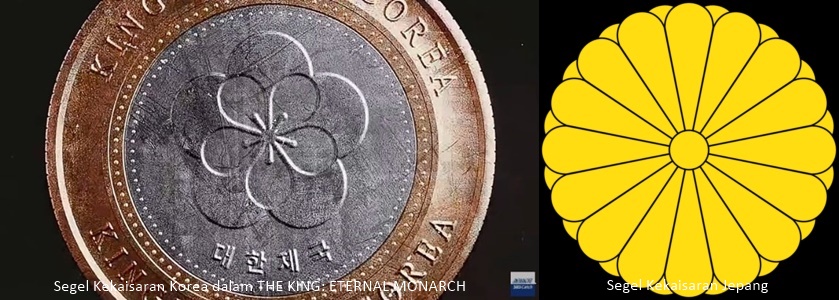
© special
As reported by Soompi, the production team of THE KING: ETERNAL MONARCH released a statement on April 20.
"We are conveying a statement from Hwa & Dam Pictures regarding the ongoing controversial issue.
First, we will discuss the imperial seal of the Korean Empire. To represent the constitutional monarchy where the National Assembly or Executive Branch centers around the imperial family, we created the imperial seal of the Korean Empire with a design of 'double plum blossoms' where one flower is wrapped by another flower. It is in no way related to the Imperial Seal of Japan.
We will discuss the production of the title video. First, in the case of the wooden pagoda, we used the five-story Baekje wooden pagoda in the Baekje Historical Reproduction Complex as the basis. We hope we do not cause any misunderstanding by designing a fictional wooden building by recreating the wooden pagoda that appears in historical records.
However, in the case of the two-story wooden pagoda, we used features of Korean Buddhist temples and Chinese royal palaces as the basis to create a fictional wooden pagoda, and we have verified that some features of Japanese temples were used in the process. It is clearly our mistake, regardless of the reason, because we did not pay attention to every detail in the process of designing the fictional world of the Korean Empire, and we sincerely apologize.
The production team will fix it immediately, and we assure you that you will not feel uncomfortable when watching episode 3 and onwards. We will also correct this mistake in the rerun and video-on-demand services for the aired episodes.
Once again, we apologize, and we will do our best to create a high-quality drama."
(soo/rsp)
Disclaimer: This translation from Bahasa Indonesia to English has been generated by Artificial Intelligence.
